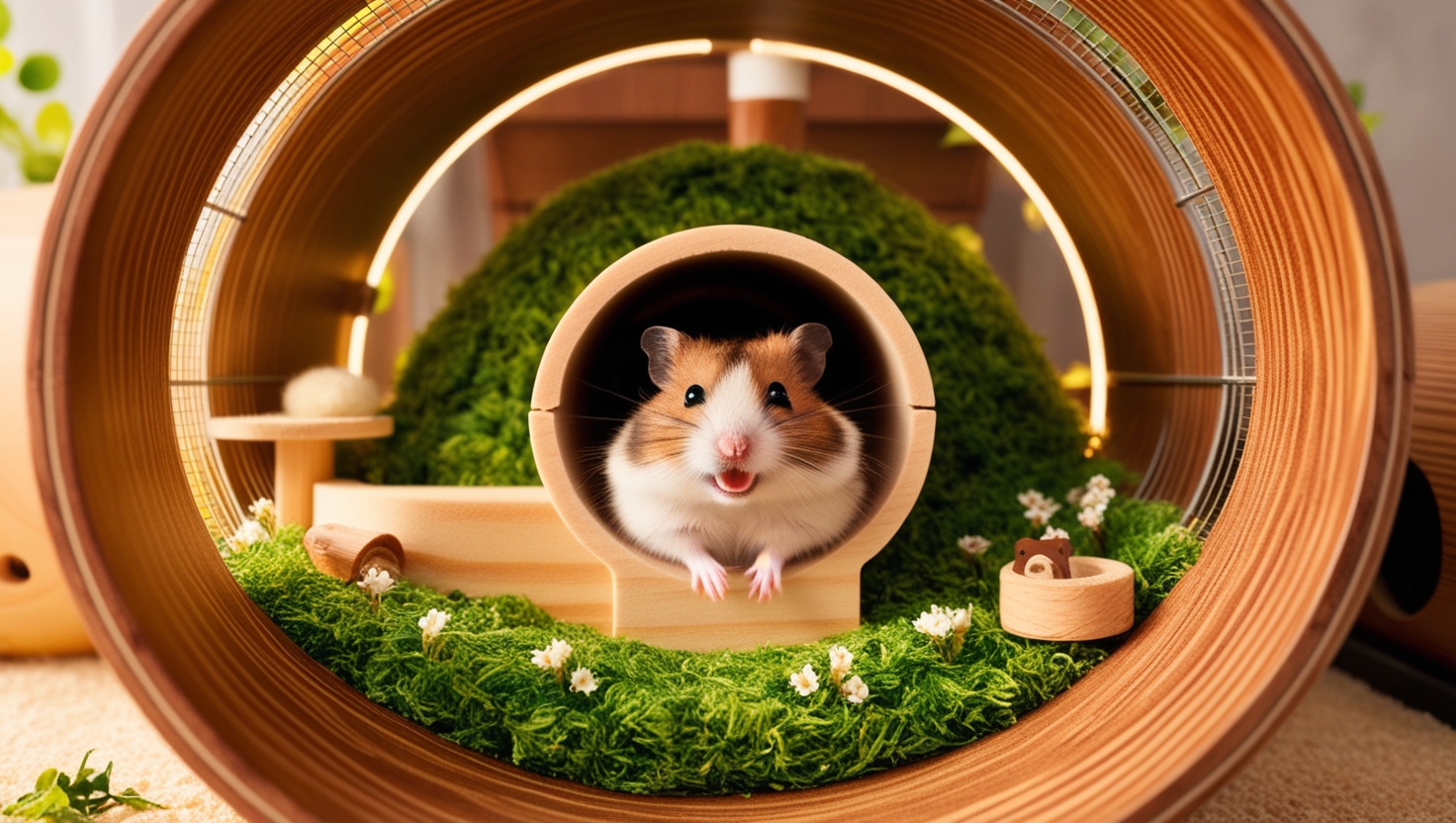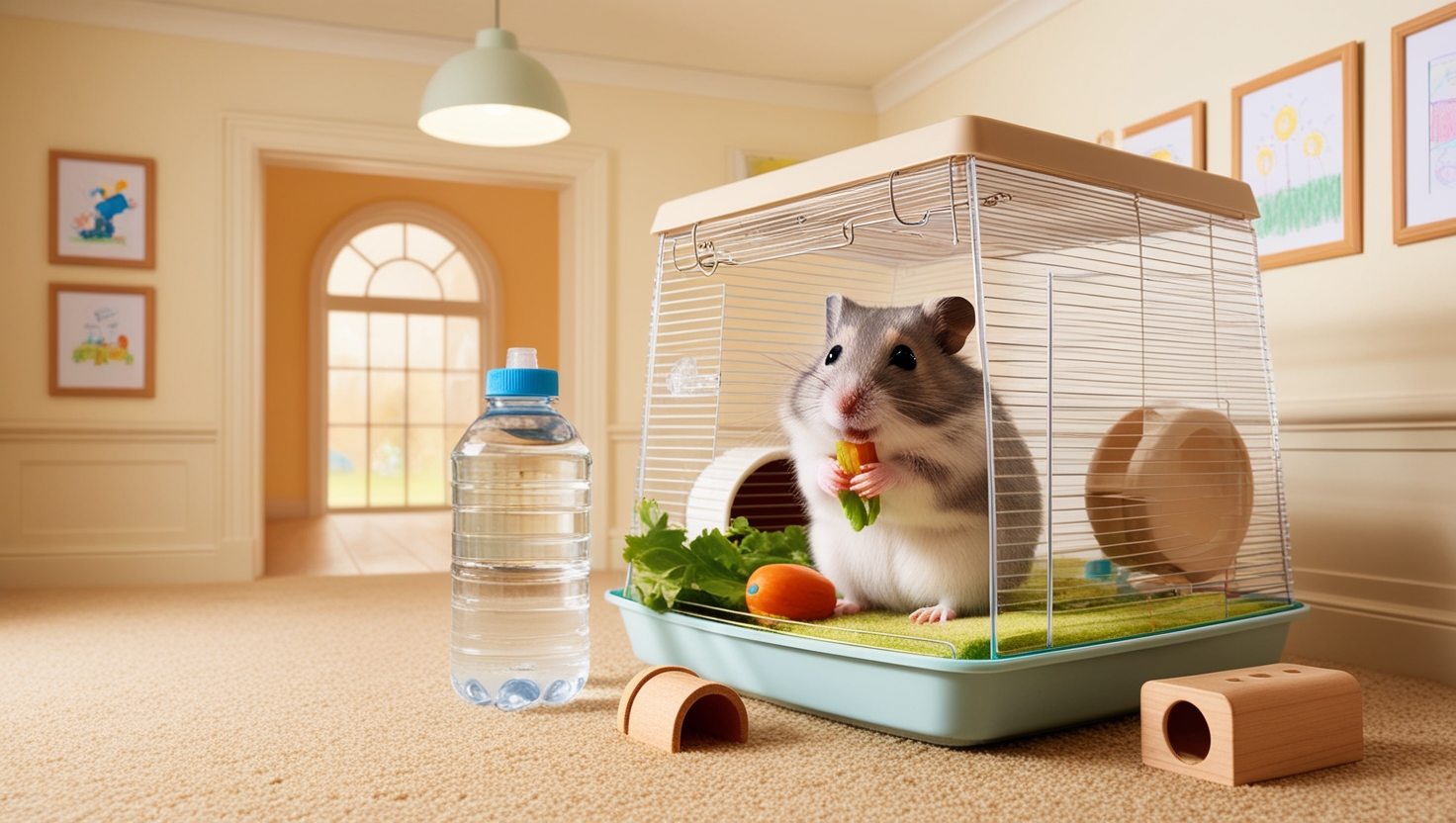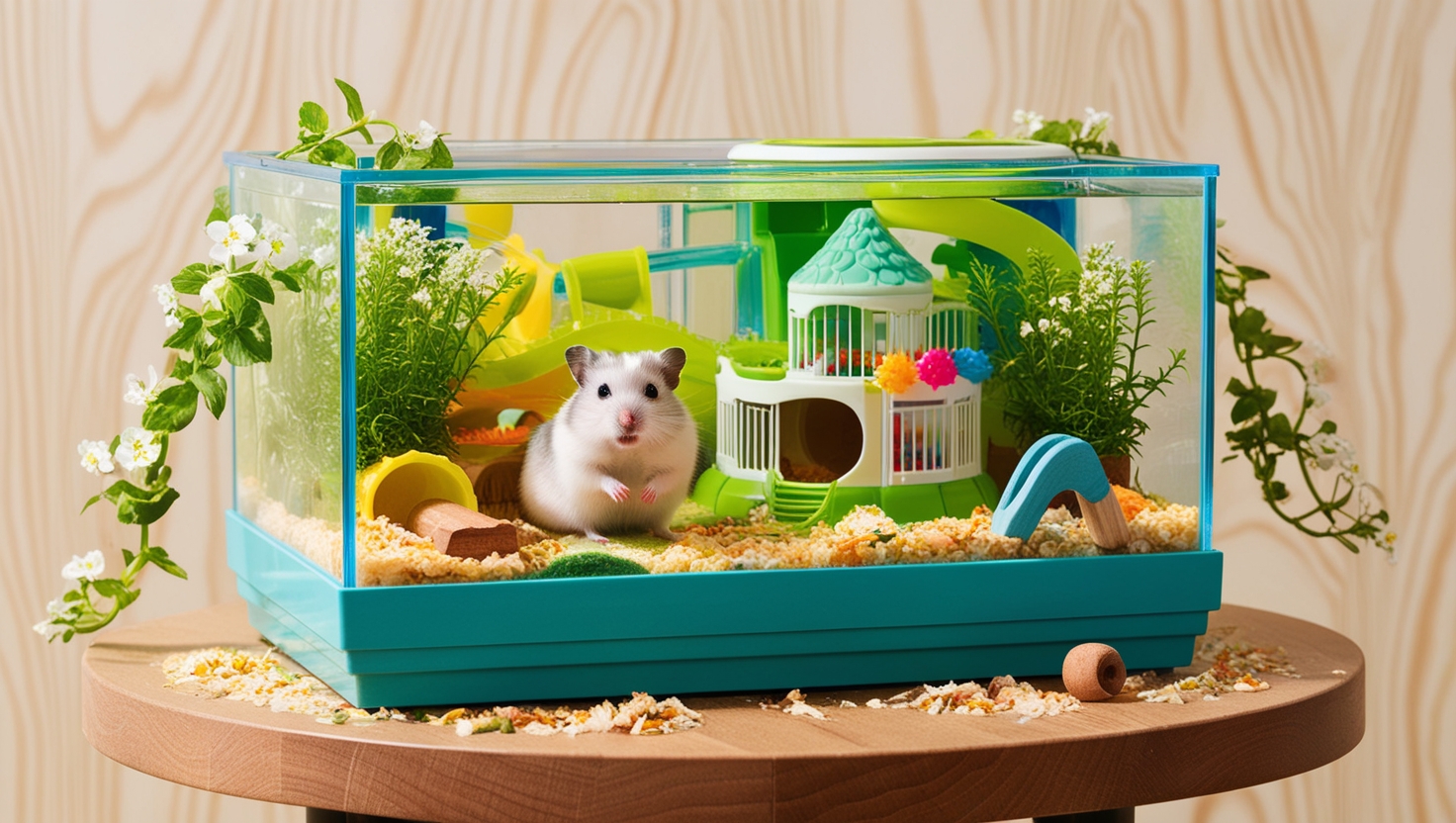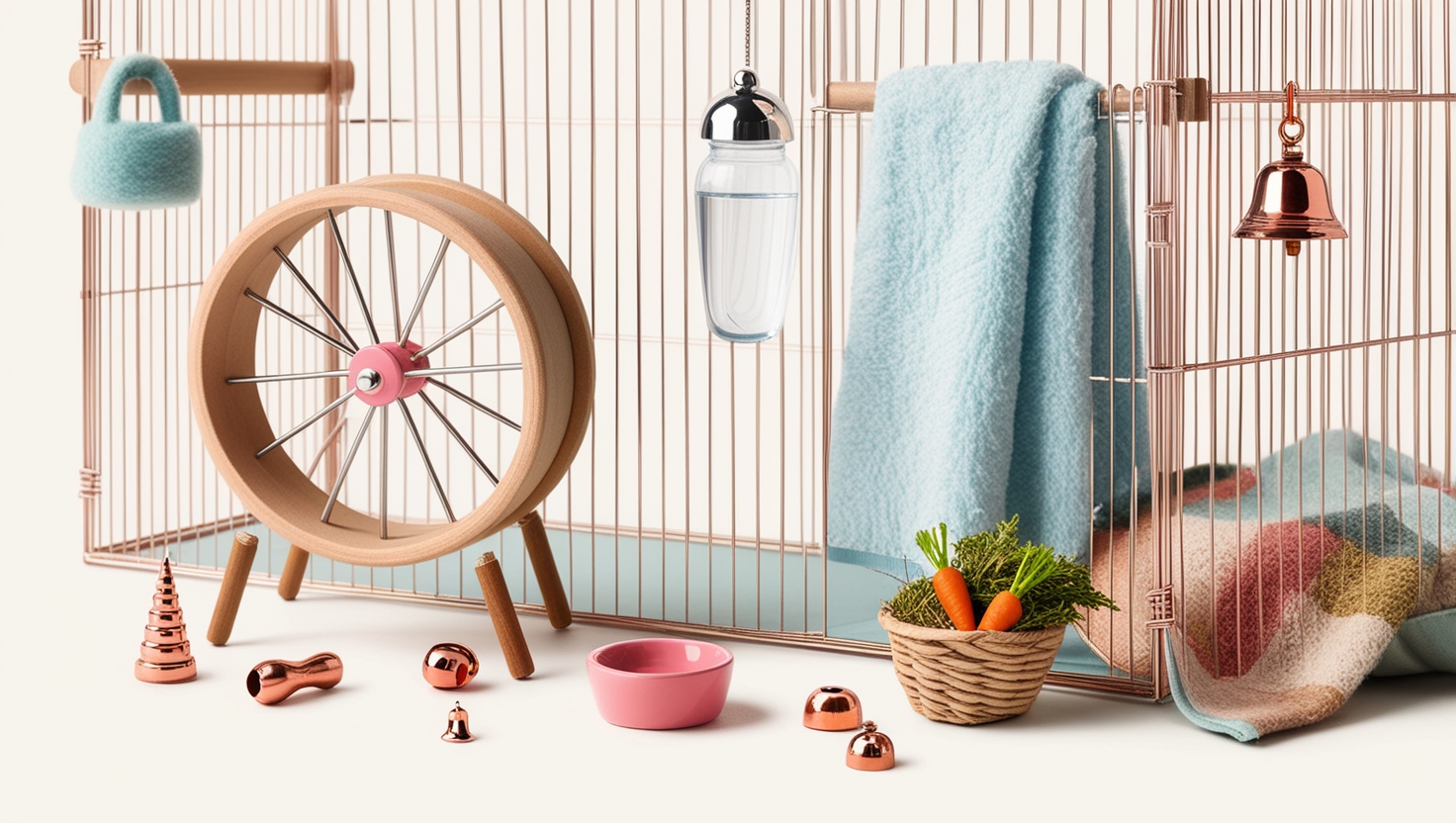Bringing home a hamster is an exciting time, but before you welcome your new furry friend, it’s crucial to have the perfect home waiting for them. Choosing the right hamster cage is vital for their health and happiness. As a dedicated hamster parent and long-time advocate for proper hamster care, I’m here to guide you through everything you need to know about selecting the perfect hamster cage.
Size Matters: Bigger is Always Better
Let’s face it, those tiny cages marketed as “starter homes” are simply not suitable for any hamster. Imagine living your entire life in a cramped closet! Syrian hamsters, the larger breed, require a minimum floor space of 900 square inches – that’s about 40 inches long and 22.5 inches wide. Imagine the zoomies they could have! Dwarf hamsters need a minimum of 700 square inches. Remember, this is the absolute minimum; larger is always better to allow for plenty of enrichment and natural behaviors.
Cage Design: Safety and Comfort are Key
When selecting a cage, prioritize safety, ventilation, and ease of cleaning:
- Tank-style base with wire top: These cages offer the best of both worlds – a secure, deep base for burrowing and a well-ventilated top for easy access and cleaning.
- Wire cages: While they provide good ventilation, wire cages lack the necessary depth for burrowing and can result in bedding being pushed out.
- Aquariums: Solid glass tanks offer poor ventilation and are extremely heavy to clean.
- Avoid Crittertrail cages: These colorful cages are unfortunately too small and can pose risks to your hamster’s health.
Enrichment: Creating a Stimulating Environment
A spacious cage is just the beginning; enriching your hamster’s environment is crucial for their mental and physical well-being. Here are some ideas:
- Deep Bedding: Provide at least 10 inches of bedding for burrowing – it’s in their nature! Aspen shavings, hemp shavings, and Carefresh are all good options.
- Hideouts: Hamsters are prey animals and need safe spaces to retreat. Offer multiple hideouts like ceramic houses, cork logs, or even cardboard boxes.
- Wheels and Toys: A sturdy wheel is a must-have for exercise, and chew toys help keep their teeth trim and their minds engaged.
- Foraging Fun: Scatter food around the cage to encourage foraging, just like in the wild.
FAQs About Hamster Cages
Q: What is better for a hamster – cage or tank?
A: A tank-style base with a wire top is the ideal combination, offering ample space for bedding and good ventilation.
Q: What is the best cage for a Syrian hamster?
A: Look for a cage with a minimum of 900 square inches of floor space, with a deep base for bedding.
Q: What is the best cage for a Dwarf hamster?
A: Dwarf hamsters need a minimum of 700 square inches of floor space, with adequate bedding depth.
Making the Right Choice for Your Hamster
Choosing the right hamster cage is one of the most important decisions you’ll make as a hamster parent. Remember, a larger cage and a stimulating environment will lead to a happier, healthier, and more active hamster. Do your research, ask questions, and always prioritize your furry friend’s well-being.







